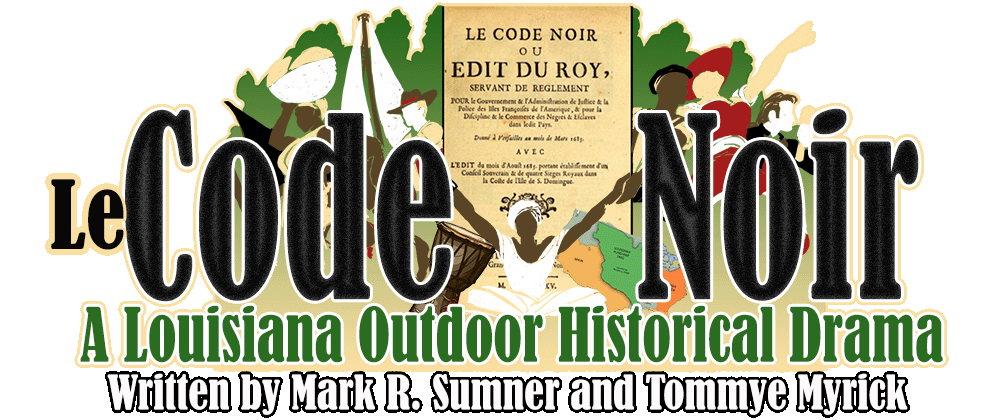
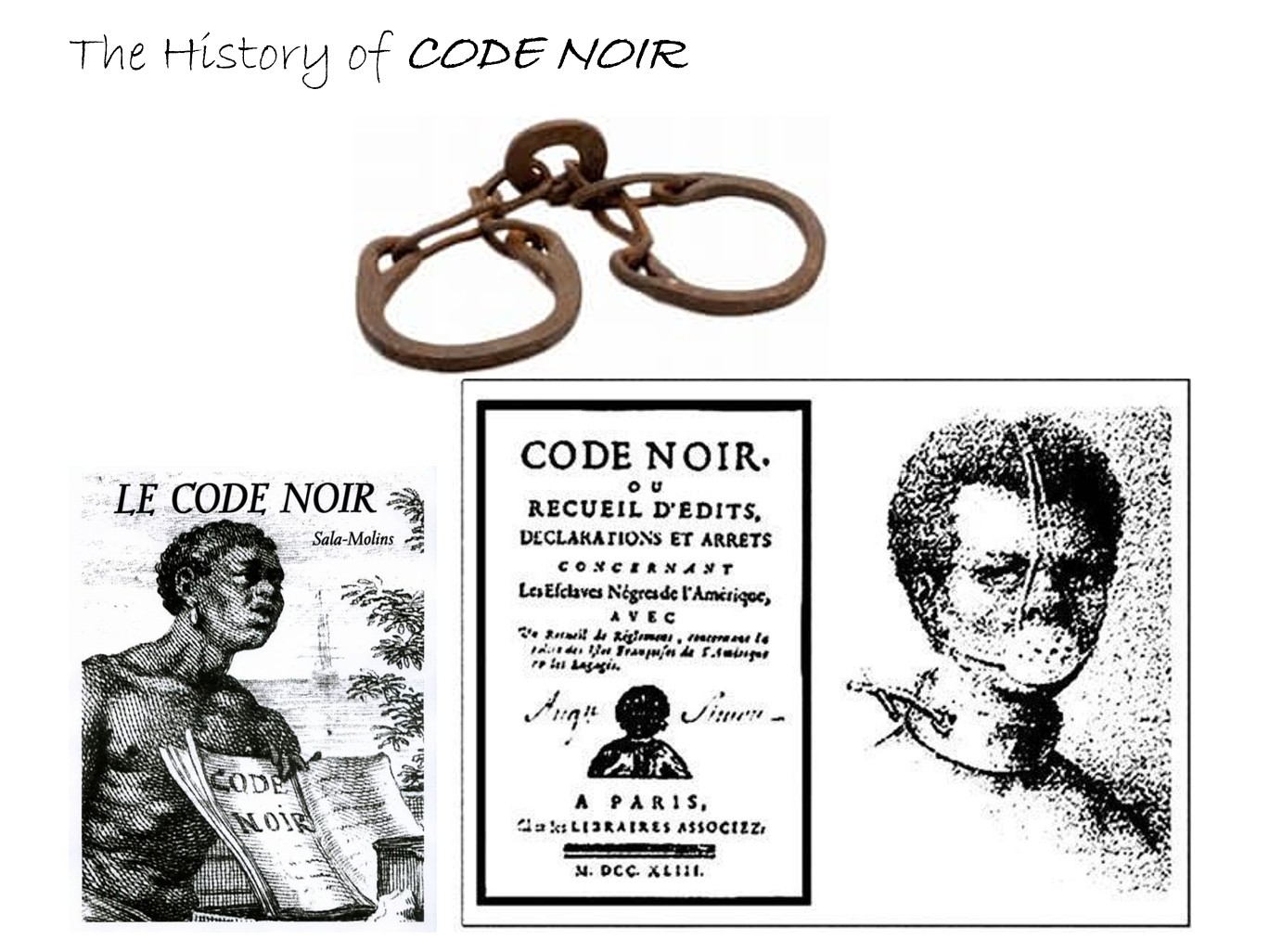
CODE NOIR was an edict issued and written by King Louis XIV of France in 1685, governing the enslaved, Free People of Color and the expulsion of the Jewish population from France's colonies during the Antebellum years. There were 48 Articles of the CODE NOIR. These are just a few :
Edict of the King:
On the subject of the Policy regarding the Islands of French America
March 1685
Recorded at the sovereign Council of Saint Domingue, 6 May 1687.
Louis, by the grace of God, King of France and Navarre: to all those here present and to those to come, GREETINGS. In that we must also care for all people that Divine Providence has put under our tutelage, we have agreed to have the reports of the officers we have sent to our American islands studied in our presence. These reports inform us of their need for our authority and our justice in order to maintain the discipline of the Roman, Catholic, and Apostolic Faith in the islands. Our authority is also required to settle issues dealing with the condition and quality of the slaves in said islands. We desire to settle these issues and inform them that, even though they reside infinitely far from our normal abode, we are always present for them, not only through the reach of our power but also by the promptness of our help toward their needs. For these reasons, and on the advice of our council and of our certain knowledge, absolute power and royal authority, we have declared, ruled, and ordered, and declare, rule, and order, that the following pleases us:
We desire and we expect that the Edict of 23 April 1615 of the late King, our most honored lord and father who remains glorious in our memory, be executed in our islands. This accomplished, we enjoin all of our officers to chase from our islands all the Jews who have established residence there. As with all declared enemies of Christianity, we command them to be gone within three months of the day of issuance of the present [order], at the risk of confiscation of their persons and their goods.
All slaves that shall be in our islands shall be baptized and instructed in the Roman, Catholic, and Apostolic Faith. We enjoin the inhabitants who shall purchase newly arrived Negroes to inform the Governor and Intendant of said islands of this fact within no more that eight days, or risk being fined an arbitrary amount. They shall give the necessary orders to have them instructed and baptized within a suitable amount of time.
. We forbid any religion other than the Roman, Catholic, and Apostolic Faith from being practiced in public. We desire that offender be punished as rebels disobedient of our orders. We forbid any gathering to that end, which we declare to be conventicle, illegal, and seditious, and subject to the same punishment as would be applicable to the masters who permit it or accept it from their slaves.
No persons assigned to positions of authority over Negroes shall be other than a member of the Roman, Catholic, and Apostolic Faith, and the master who assigned these persons shall risk having said Negroes confiscated, and arbitrary punishment levied against the persons who accepted said position of authority.
We declare that our subjects who are not of the Roman, Catholic, and Apostolic Faith, are incapable of contracting a valid marriage in the future. We declare any child born from such unions to be bastards, and we desire that said marriages be held and reputed, and to hold and repute, as actual concubinage.
. Free men who shall have one or more children during concubinage with their slaves, together with their masters who accepted it, shall each be fined two thousand pounds of sugar. If they are the masters of the slave who produced said children, we desire, in addition to the fine, that the slave and the children be removed and that she and they be sent to work at the hospital, never to gain their freedom. We do not expect however for the present article to be applied when the man was not married to another person during his concubinage with this slave, who he should then marry according to the accepted rites of the Church. In this way she shall then be freed, the children becoming free and legitimate. . . .
We forbid priests from conducting weddings between slaves if it appears that they do not have their masters' permission. We also forbid masters from using any constraints on their slaves to marry them without their wishes.
Children born from marriages between slaves shall be slaves, and if the husband and wife have different masters, they shall belong to the masters of the female slave, not to the master of her husband.
. We desire that if a male slave has married a free woman, their children, either male or female, shall be free as is their mother, regardless of their father's condition of slavery. And if the father is free and the mother a slave, the children shall also be slaves. . . .
We forbid slaves from carrying any offensive weapons or large sticks, at the risk of being whipped and having the weapons confiscated. The weapons shall then belong to he who confiscated them. The sole exception shall be made for those who have been sent by their masters to hunt and who are carrying either a letter from their masters or his known mark.
The fugitive slave who has been on the run for one month from the day his master reported him to the police, shall have his ears cut off and shall be branded with a fleur de lys on one shoulder. If he commits the same infraction for another month, again counting from the day he is reported, he shall have his hamstring cut and be branded with a fleur de lys on the other shoulder. The third time, he shall be put to death.
Masters twenty years of age may free their slaves by any act toward the living or due to death, without their having to give just cause for their actions, nor do they require parental advice as long as they are minors of 25 years of age.
We grant to freed slaves the same rights, privileges and immunities that are enjoyed by freeborn persons. We desire that they are deserving of this acquired freedom, and that this freedom gives them, as much for their person as for their property, the same happiness that natural liberty has on our other subjects.
Versailles, March 1685, the forty second year of our reign.
Signed LOUIS,
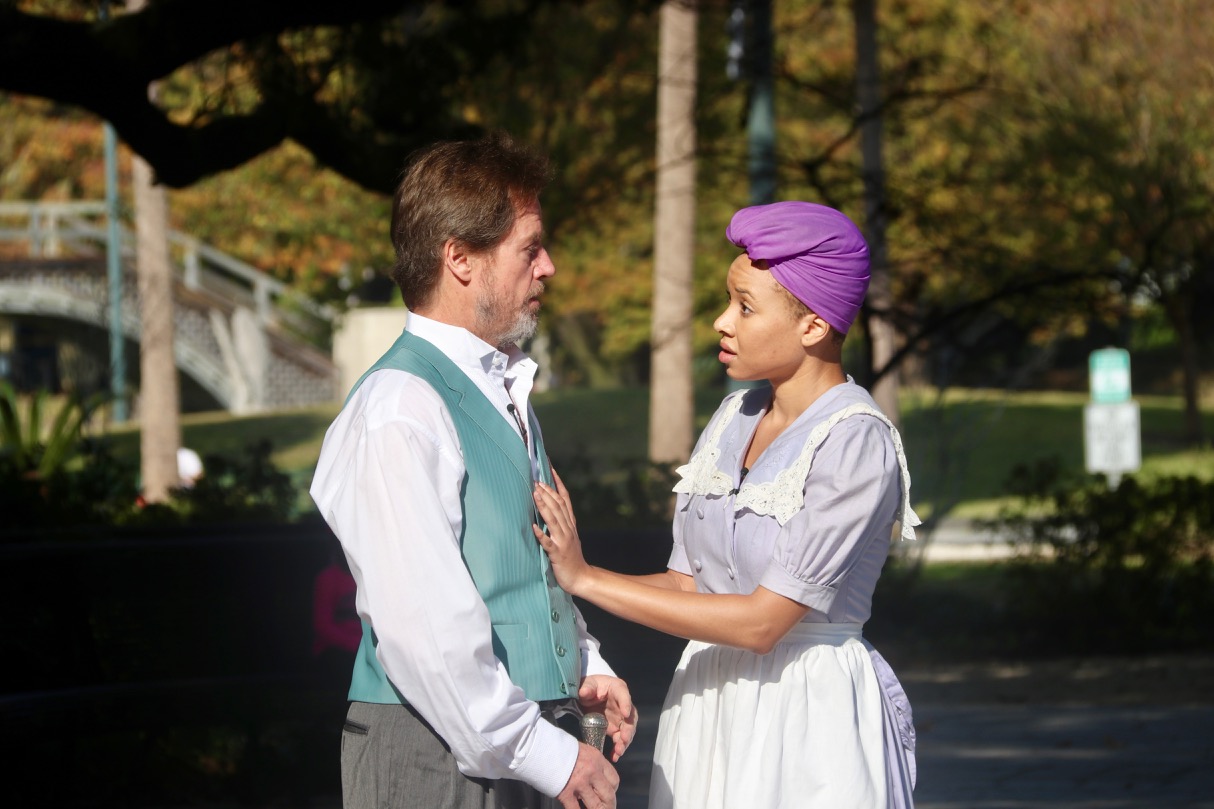
Some years ago, Tommye Myrick and Mark R. Sumner wrote a story about the journey of a 17-year-old enslaved African girl who arrives on the auction block of New Orleans from San Domingue at the beginning of the Haitian Revolution in 1794. Her name is Santee. The drama was called Le Code Noir. Her 30-year saga captures the making of Louisiana by highlighting the significant events in Louisiana history that forever changed America. These events include the Haitian Revolution, the Louisiana Purchase, the War of 1812, and the Battle of New Orleans. Told though song, dance, music and proses Le Code Noir highlights some Louisiana historic figures such as Jean Laffite, Andrew Jackson, W.C.C. Claiborne, and Marie Leveau. Over the years in an attempt to raise funds to present this full lengthfull two act drama in all its grandeur, Voices in the Dark showcased various scenes from “Le Code Noir” to the public. The first of these was December 3, 2017 when Voices staged Le Code Noir to unsolicited spontaneous audience that drew more than 200 people to Congo Square. These are various scenes presented in Congo Square, Le Musee Free People of Color Museum and The Historic New Orleans Collection over the years. This is how is began….

Mark Sumner was born July 19, 1923, in Asheville, North Carolina. As a teenager he demonstrated an early interest and aptitude for theatre, winning three State prizes for playwriting from the Carolina Dramatic Association. Sumner was drafted into the US Army at the age of 19. He served three years and was awarded two Bronze Stars for meritorious service as a member of the intelligence section of the Ninth Army in France and Belgium. His behind-the-lines service during the Battle of the Bulge also earned him the Combat Infantry Badge. In recognition of his valor and bravery, France awarded him its highest military honor, the Legion of Honor.
Returning from the war, Sumner studied engineering at North Dakota State before matriculating to the University of North Carolina at Chapel Hill where he earned the BA and MA degrees in Dramatic Art. In 1964, after serving as General Manager of the outdoor drama Home is the Hunter in Lexington, KY, the University of North Carolina recruited him back to Chapel Hill to become director of the recently created Institute of Outdoor Drama. Sumner served in that role for the next 25 years and led the efforts to launch over 30 historical dramas in 26 states in addition to providing technical assistance and advice to many more communities either seeking to start new plays or working to improve and sustain existing ones. Throughout this period, Sumner continued to write and speak about theatre for professional journals and publications and at national conferences. From 1982-87 Sumner produced North Carolina’s oldest and most renowned outdoor drama, The Lost Colony on Roanoke Island. Throughout the United States, Sumner’s name was indelibly associated with the national outdoor theatre movement and his constant quest to support and enrich it. In 1993 he wrote the new outdoor drama, Pathway to Freedom about the underground railroad in North Carolina. Tommye Myrick was selected from candidates around the country to direct this drama. It was “A Pathway to Freedom “that Tommye and Mark began their artistic collaborations. Together they conceived and wrote “Le Code Noir”, New Orleans’ 1st historical outdoor drama. He never lived to see the realization of their shared dream. Mark passed June 20, 2017, in Chapel Hill, North Carolina. He was 93 years old. Though he never lived to see the realization of their shared dream, his wife of 57 years, Glen Sumner was present for the sneak preview of Le Code Noir in December 2017.
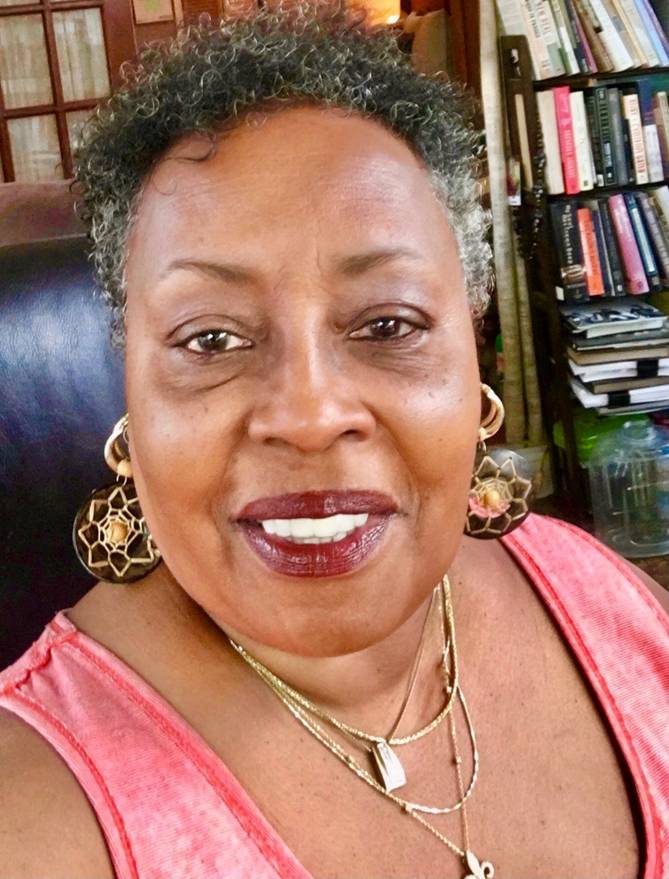
Tommye Myrick producer and director of Voices in the Dark, has spent decades telling the stories of African American women and the disenfranchised through the Arts. She attended Xavier University in New Orleans. While there, her interest in political affairs led her to join Free Southern Theatre under the direction of John O’Neal, working with other politically like - minded artists as Ron Milner, Robert Costly, Denise Nicholas and Gil Moses. After graduating from Xavier University, Ms. Myrick attended the University of Michigan, where she obtained her master’s degree and immediately began working on her PhD. She later moved to New York City and began studying with renowned theater director, producer and lifelong mentor and friend, Gene Frankel. It was there that she made her stage and directorial debut and receiving nothing short of excellent reviews from the New York theater circle and critics. Years later she would return to her hometown of New Orleans and continue her work. She served as Assistant professor of Humanities as well as the Assistant Direct of African and African American Studies at Southern University at New Orleans. Ms. Myrick is a two-time winner of New Orleans’ Big Easy Entertainment Awards as Best Director of the year. She was also the recipient of the Big Easy Entertainment 2020 Lifetime Achievement Award in Theatre. Most recently she served at the consulting producer of Le Petit Theatre These days she spends her time mounting Voices in the Dark 30th season, entitled Trade Winds.
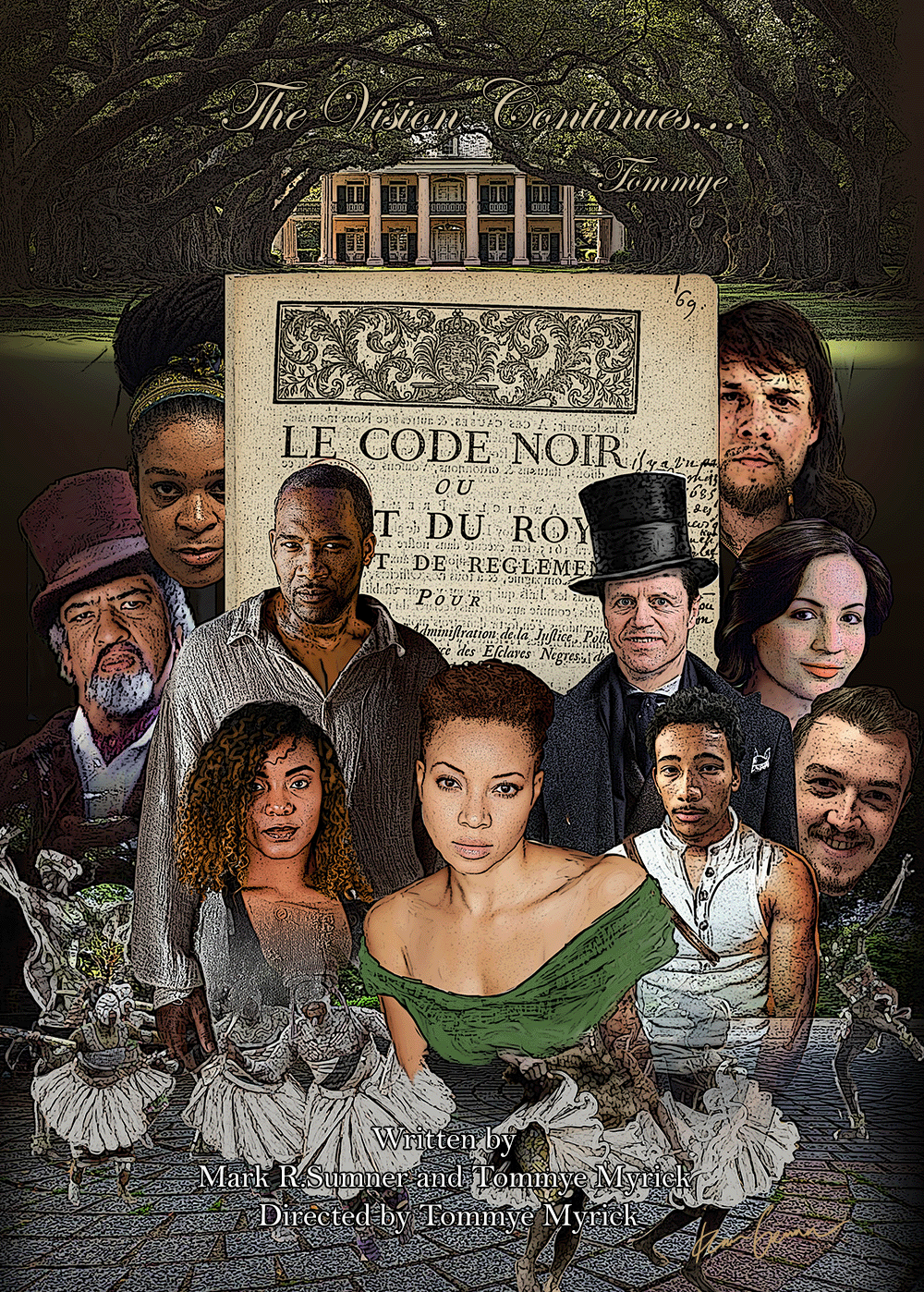
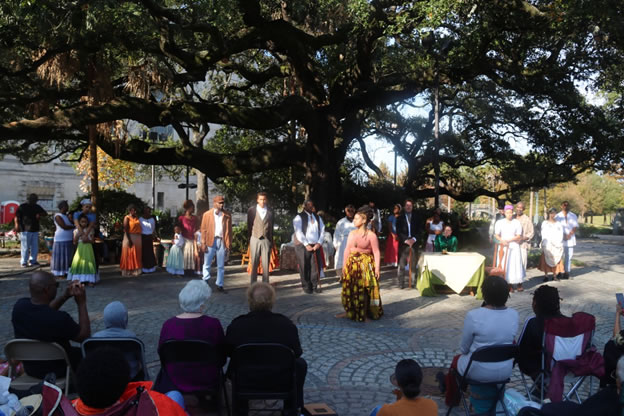

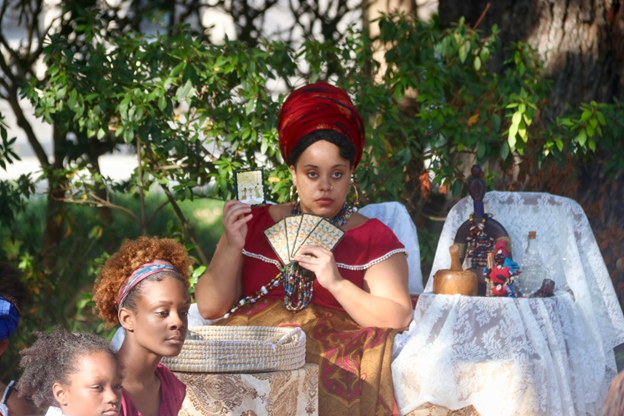









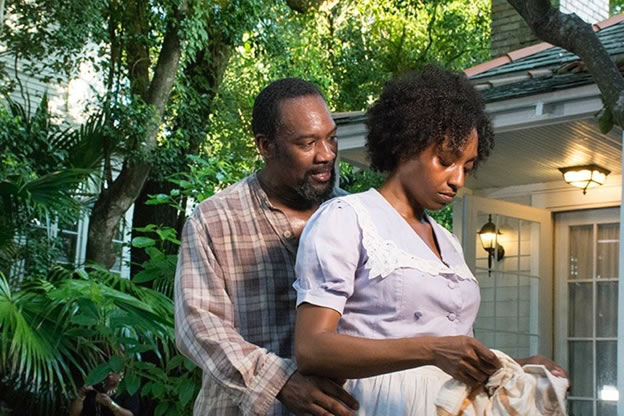
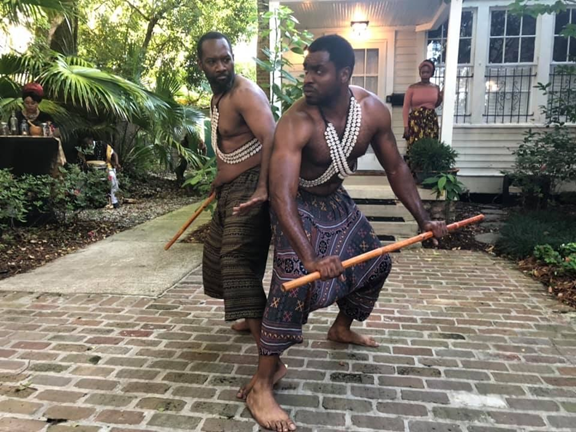
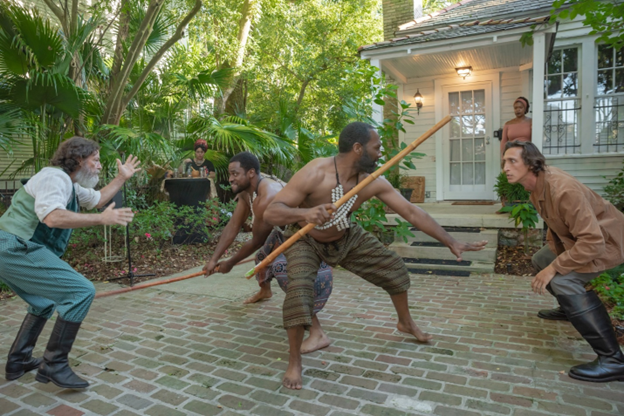

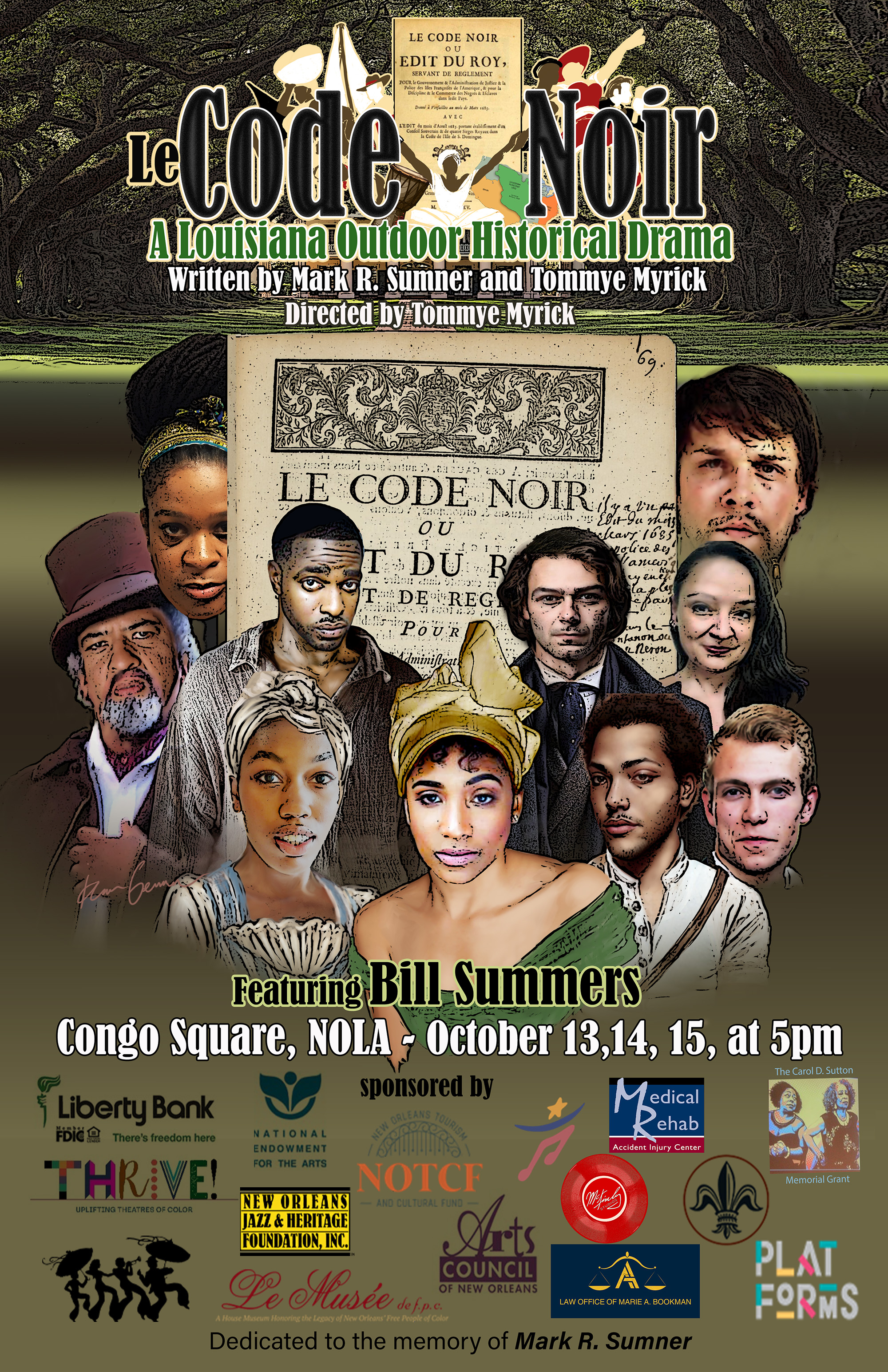
Set in antebellum Louisiana, the centerpiece of Le Code Noir is Congo Square. This historical outdoor drama is a functional journey rather than a theoretical lecture on Louisiana history. Written by Mark R. Sumner and Tommye Myrick, the play, based on the creative dramatization of historical events, presents and explores themes in Louisiana and U.S. History, centers on regionally and nationally recognized figures, dramatizes a story of survival that has the power to create a new sense of appreciation of the fascinating events in Louisiana’s history and the making of this country. It is a living history which explores themes and events of profound consequence in human history..